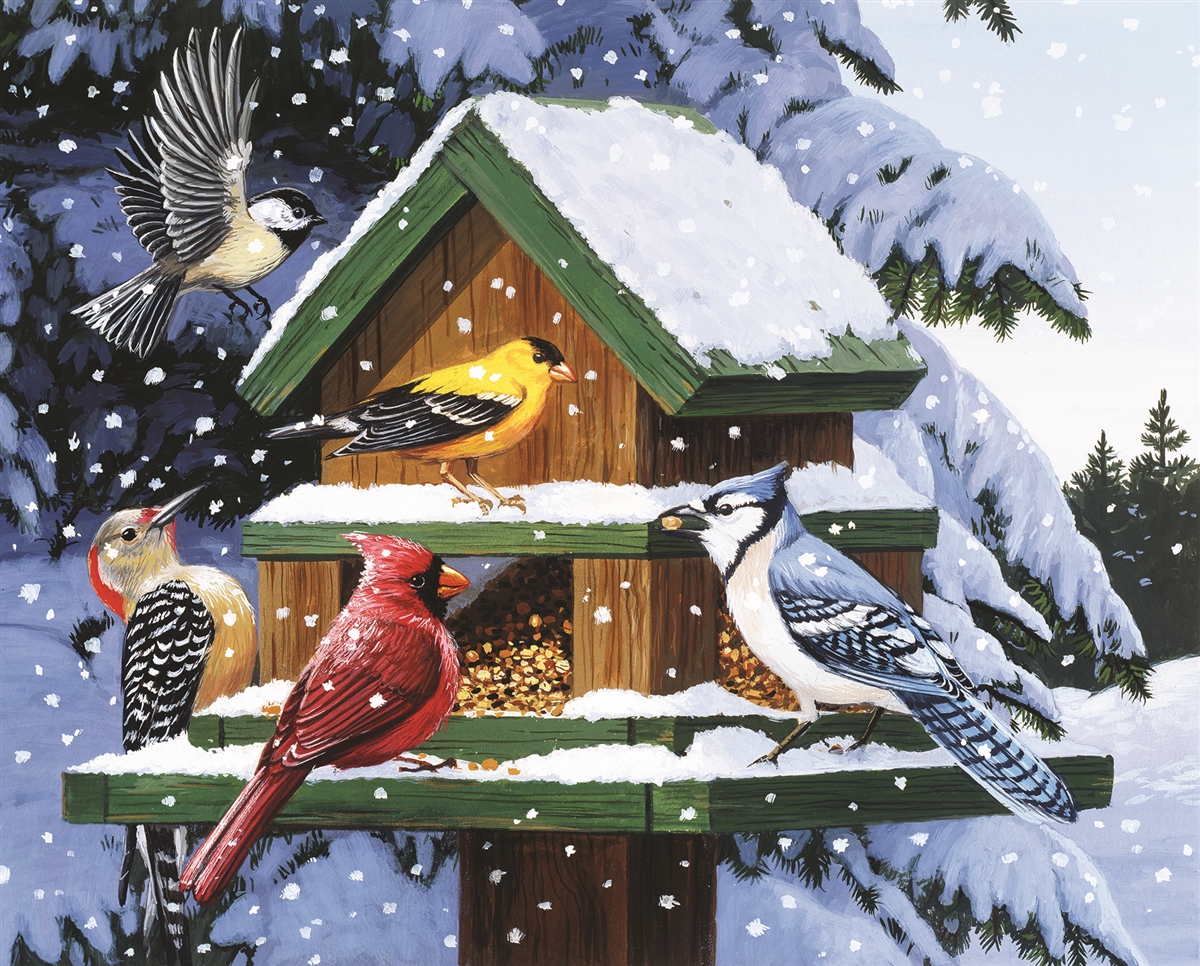So many of us have looked at a bird and had no idea what it was, or heard the name of a bird and thought, well, that makes no sense at all. Let’s not forget all those little brown birds. Becoming familiar with a bird’s topography will help you with identification. Field guides are great, but you may not have one with you when you see a bird you don’t recognize. I will try and make this a bit easier for you with simple descriptions of what to look for along with some examples.
Head – a bird’s head consists of the lore, the area between its bill and eye, the crown, the top of its head, and the nape which is below the crown. When looking at a bird’s head you will want to take notice of any eye rings or eye bars. Eye bars may be located on either side of the eye, or above the eye similar to an eye brow. Crowns are where they should be, on the top of their heads. Examples of birds named for their crown are white-crowned sparrows, ruby, and yellow-crowned kinglets.
Back – the area below the nape. When birds are perched their backs are covered by their wings making them visible only when birds are in flight.
Rump – the rump is also covered by a bird’s wings but can help with identification in flight. This is the case with a yellow-rumped warbler. When you see a northern flicker, look for its brilliant white rump as it takes flight.
Upper Tail Coverts – these are the feathers that cover the base of the tail.
Tail – observing tails can also help with identification. Take note if the tail is long or short, forked or squared.

Now we’ll move on to the area of the bill and below.
Bill or beak – sizes and shapes of bills are also important to help determine identification. Take for example the hairy and downy woodpecker. They’re easy to identify when they’re side by side, but seen separately, you should look at the size of their bill, the hairy woodpecker’s bill is much longer than the downy’s. The colour of the bill is also something to take note of. Shapes of a bill can be coned, hooked, needle-like, long, decurved, dagger or spatulate (like a duck). The shape of the beak determines what their diet consists of. Birds of prey will have a hooked beak, while seed, fruit, nut, and nectar feeding bird’s bills will be different.

Chin and Throat – the chin is located directly below the beak and feathers there are often hard to see. The throat however can have markings to help with ID. An example of this would be the white-throated sparrow and ruby-throated hummingbird.

Breast, sides and flank – next on our list are the breast, sides and flanks. There are many distinguished markings on bird’s breasts that can help us to recognize them. They could be a solid colour, spotted, or streaked. Colours can also extend into the flanks under the wings which can be observed during flight. This is the case with the rose-breasted grosbeak. The shades of red on the flank can only be seen as they fly away from our feeders.
Belly – this is the area below the breast and flanks which is also difficult to see except in flight. Getting back to my earlier comment on a bird’s name, let’s talk about the red-bellied woodpecker. Many of you will see it more as a red-headed woodpecker, but it’s not. There is a faint redness on the belly, hence the name.

Legs and Feet – these are considered to be the bare parts of a bird, however birds of prey can have distinguished feathers on their legs. Legs and feet won’t help us too much with identifying songbirds as they’re all pretty much the same with three forward facing toes and one hind facing. The colour and length of legs would be the only thing to check for.
Wings – wings can help us with identification. Look for the size and shape of the wing. It is long or short, pointed, angled, are there tips on the edge? Wing bars can also assist us. The male red-winged blackbird is a good example with its bright red and yellow epaulettes, or the american goldfinch with its white wing bars.

There are other factors to help us sort through who is who. Noting the size of the bird is helpful. Is it small like a sparrow, mid-sized similar to a cardinal, or larger like a blue jay or grackle. Is it a slim bird or a little plump? Location of where you saw the bird helps too, forest edge, woodlands, parks or shorebirds. Does it visit your feeder, or eat berries from your garden bushes? Learning to identify bird songs can also be very beneficial. Also note what time of year you see certain birds, whether they’re summer or winter visitors, year-round residents, or just passing through during migration.
I hope this information is helpful!
Happy Birding,
Jane Paradis
Brand Ambassador

Leave a Reply